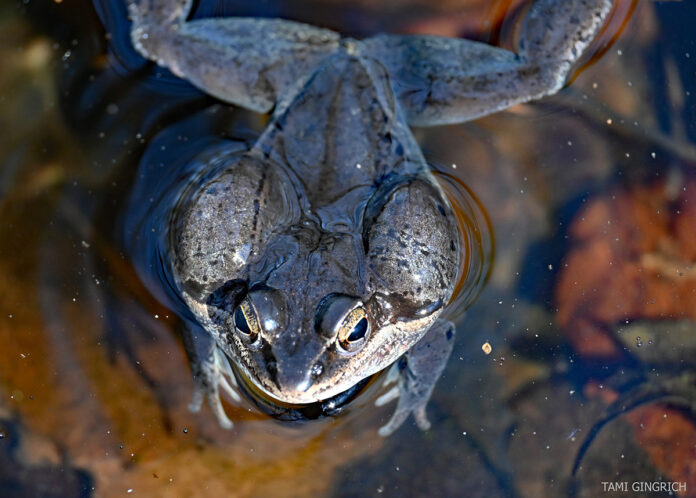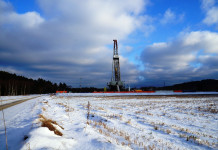
As you are dusting off your hiking boots and enjoying the spring air? While out in nature, you might start to hear the familiar buzzing of pollinators and the trill of a migrating warbler, but the most deafening sound is probably coming from that puddle of water in the middle of the woods. While that small body of water may seem unassuming, it is teeming with an inconceivable amount of life.
Vernal pools are small, temporary wetlands, and they are crucial for biodiversity, water quality and even erosion control. Vernal pools normally form in depressions that fill with rainwater and snowmelt. While they are temporary in nature, their importance cannot be overlooked for a variety of species.
Who relies on vernal pools?
Amphibians. Vernal pools are particularly important for amphibians, as they provide a safe, fish-free environment for breeding and larval development. Many amphibians, such as wood frogs, spotted salamanders and spring peepers, rely exclusively on vernal pools to reproduce. Wood frogs, for example, migrate to these pools as soon as the ice thaws, laying large egg masses that quickly develop into tadpoles. Spotted salamanders, often only seen during their nocturnal migration, use vernal pools as a crucial breeding ground before returning to their forested habitats.
Other wildlife. Birds, mammals, reptiles and other species utilize vernal pools for food, water and shelter. Many migrating birds depend on the abundance of insects found in these pools, while turtles and other reptiles frequent them for hydration and feeding opportunities.
Threats to vernal pools
As it always seems to be with nature, the largest threat to vernal pools is habitat loss. Development, agriculture and other human activities can destroy or fragment vernal pool habitats, making it harder for amphibians and other species to complete their life cycles. Draining or dredging vernal pools eliminates these important habitats, reducing biodiversity and disrupting local ecosystems.
How can you help?
Preserve natural areas by avoiding filling or altering seasonal wetlands on your property. Reducing your use of chemicals, pesticides and fertilizers can contaminate vernal pools and harm sensitive species. Support your local conservation efforts. Organizations work to protect vernal pools; consider volunteering or supporting local initiatives.
Be an unimpactful observer. When you visit a vernal pool, avoid disturbing egg masses or amphibians during their breeding season.
These ephemeral wetlands may disappear as the summer heat sets in, but their impact on the ecosystem is long-lasting. The next time you hear the chorus of spring peepers or spot the shimmering eggs of a salamander, take a moment to appreciate the vital role of vernal pools in our natural world.












